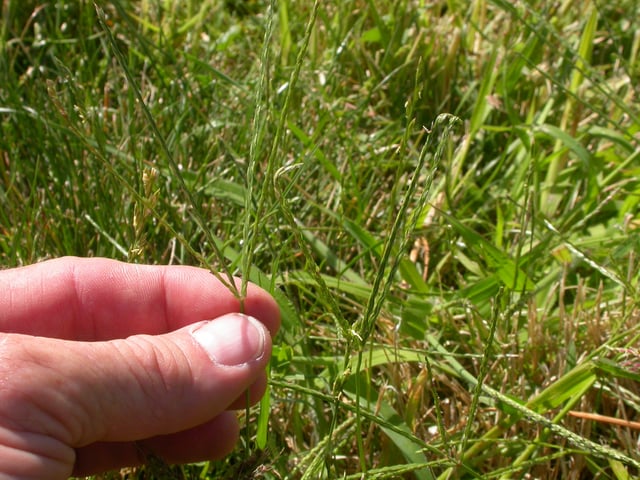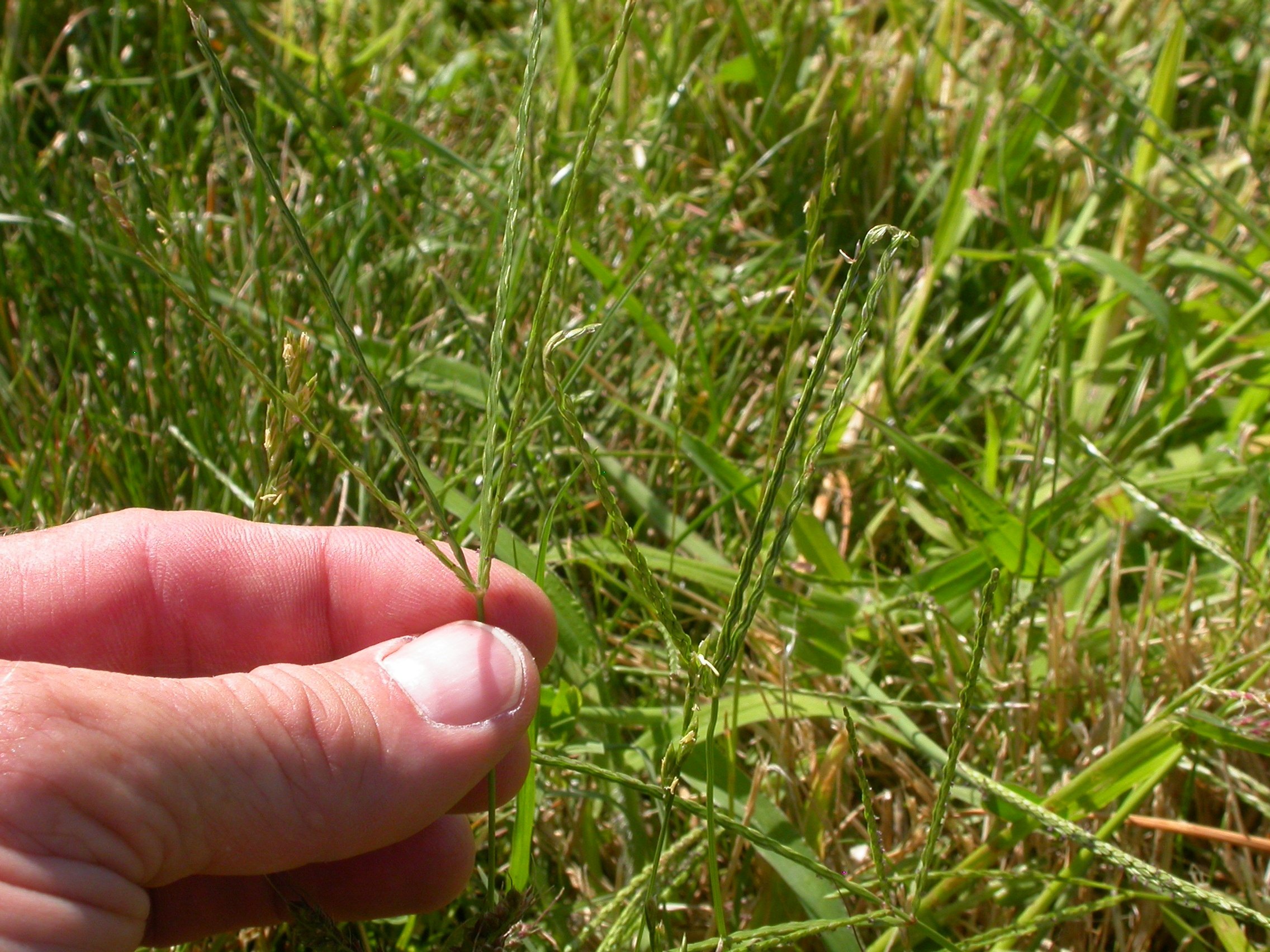
Every Spring we respond to many questions on how best to deal with crabgrass. A small patch of crabgrass can quickly take over your lawn and will soon invade your flower beds and gardens. Because of how quickly it spreads, crabgrass is one of the more difficult weeds to get rid of. The old adage “an ounce of prevention” is particularly true when it comes to crabgrass – keep it from starting and you won’t have to deal with it later. Crabgrass germinates in April or sometimes in early May, so the best time to prepare your strategy is early April.
Crabgrass Facts
In order to determine the best way to prevent crabgrass in the first place, it is important to know a little about the plant and how it spreads. Crabgrass is a shallow plant that grows from a central root. As the crabgrass is dying off in the fall it drops thousands of seeds that lie dormant through the winter waiting for the spring to germinate. Crabgrass thrives in hot, dry conditions and so areas near pathways, asphalt and concrete and south facing bare patches in your lawn are particularly vulnerable. Crabgrass should not be confused with Quack grass – the former being smooth and large. Be aware that Quack grass is not susceptible to pre-emergent herbicides.
Pre-emergent Herbicides
Distributing seeds at an alarming rate, crabgrass is an aggressive, fast spreading weed. Wherever there was crabgrass the previous season, you can expect that it will return this year, and spread further from there. Dealing with crabgrass is complicated by the fact that many of the traditional herbicides that are effective can also be hazardous and may be banned in some locations.
One non-hazardous herbicide that is gaining traction in many areas is corn gluten meal. A by-product of the corn industry, it works by stopping the germination of new seeds. To be effective it should be applied in mid-April before the germination typically begins. Most pre-emergent herbicides – including corn gluten meal – work best when the soil temperatures are 10°C (50°F). Using a soil thermometer available at your local garden centre, monitor the soil temperature and apply when temperatures rise above 10°C (50°F). Some have also noted success by watching for the yellow Forsythia blooms and applying the pre-emergent herbicide when they appear.
Nutri Lawn also offers a post-emergent crabgrass control service.
Summer Crabgrass Treatments
So how do you deal with crabgrass if you’ve missed the early spring germination period or if you already had it previously? Crabgrass can be rooted out by hand, though it is time consuming and will require more than one session. The best time to work on removing crabgrass is after a rain when the soil is softened and the roots can be pulled out.
The best way to deal with crabgrass is to have a thick, healthy lawn that doesn’t give the crabgrass a place to grow. Crabgrass will be less of a problem in a lawn that is thick and healthy. Water your lawn properly to encourage deep roots and make sure you don’t cut your crass too short. If the grass is cut too short the soil can dry out and give weeds like crabgrass a warm dry spot to grow. Longer grass keeps the soil moist and cool and prevents the weeds from taking root.
The lawn care experts at Nutri Lawn Vancouver would love to help you get your lawn thick and healthy this season and keep it that way! Let us deal with the problems so you can relax and enjoy your property all summer long!




